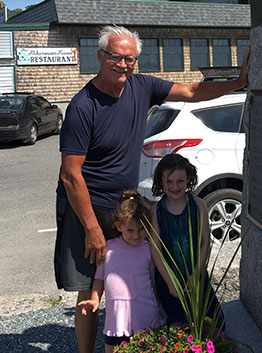Below is a comment I made to someone who argued that “although elections are important, the mass movement is more important.”
This is a very poor way to frame things at this moment, or any moment for that matter. Don’t elections have a mass character, don’t they draw into them some of the main class and social movements without whom the country will never move to higher ground; and don’t they – and especially their outcome – create more or less favorable conditions for struggle on a broad range of issues. I have to think that the electoral and political arena will figure prominently in any kind of swing of the country to the left in the future – much like it did in Latin America. Damming electoral/legislative struggle with faint praise is no sign of political maturity nor a measure of one’s radicalism.



